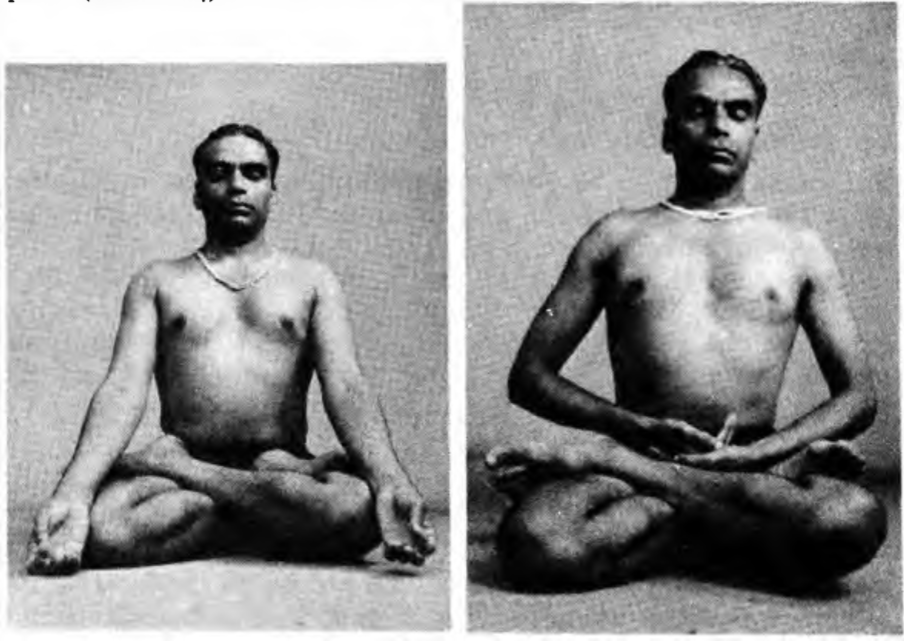Search your article
Padmasana
Padmasana – 4
Padma means a lotus. This is the lotus posture, one of the most important and useful asanas. It is the posture for meditation and the Buddha is often depicted in it. Verse 48 of the first chapter of the Hatha Yoga Pradipika describes the posture and the practice of breath control while seated in it thus : ‘Assuming Padmasana and having placed the palms one upon another, fix the chin firmly upon the breast and contemplating upon Brahman, frequently contract the anus and raise the apana up; by similar contraction of the throat force the prana down. By this he obtains unequalled knowledge through the favour of Kundalini (whicb is roused by this process).
Kundalini is the Divine Cosmic Energy in bodies. It is symbolized by a coiled and sleeping serpent in the lowest bodily centre at the base of the spinal column. This latent energy has to be awakened and made to go up the spine to the brain through Sushumna Nadi, a channel through which nervous energy passes, and through the six chakras, the subtle centres in the body, the fly-wheels in the nervous system of the human machine. The awakening of Kundalini is discussed in detail in Arthur Avalon’s (Sir John Woodroffe’s) book entitled The Serpent Power.
This is one of the basic postures and is often used in the variations of Sirasana and Sarvangasana.
Technique
I. Sit on the floor with the legs straight.
2. Bend the right leg at the knee, hold the right foot with the hands and place it at the root of the left thigh so that the right heel is near the navel.
4· People not used to sitting on the floor seldom have flexible knees. At the start they will feel excruciating pain around the knees. By perseverance and continued practice the pain will gradually subside and they can then stay in the pose comfortably for a long time.
5· From the base to the neck the spine should remain erect. The arms may be stretched out, the right hand being placed on the right knee and the left hand on the left knee. The forefingers and the thumbs are bent and touch each other. Another way of placing the hands is in the middle where the feet cross each other with one palm upon the other.
6. Change the leg position by placing the left foot over the right thigh and the right foot over the left thigh. This will develop the legs evenly.
Effects
After the initial knee pains have been overcome, Padmasana is one of the most relaxing poses. The body being in a sitting posture, it is at rest without being sloppy. The position of the crossed legs and the erect back keeps the mind attentive and alert. Hence it is one of the asanas recommended for practicing pranayama (breath control). On the purely physical level, the pose is good for curing stiffness in the knees and ankles. Since the blood is made to circulate in the lumbar region and the abdomen, the spine and the abdominal organs are toned.
